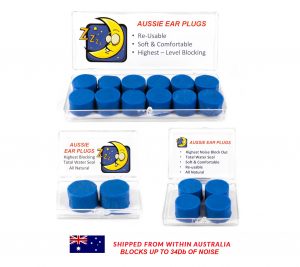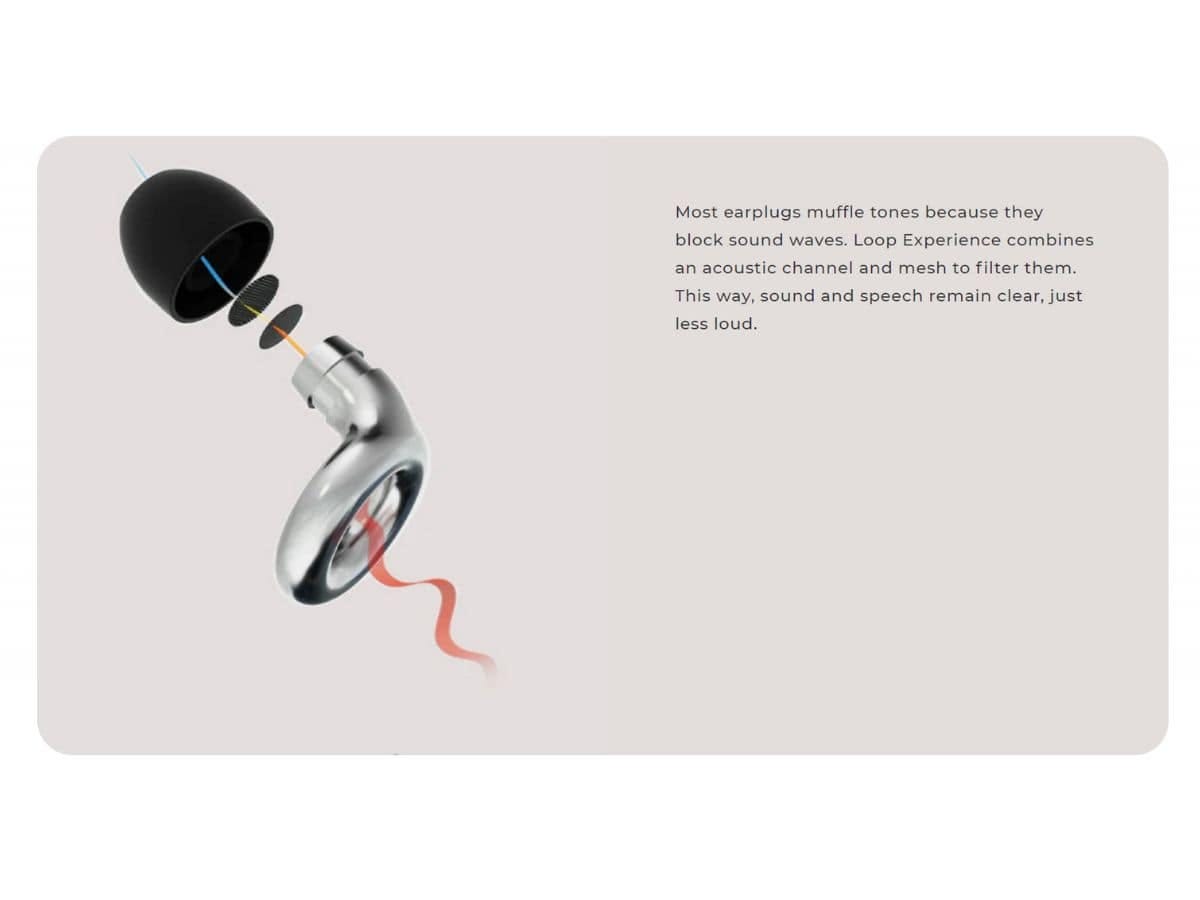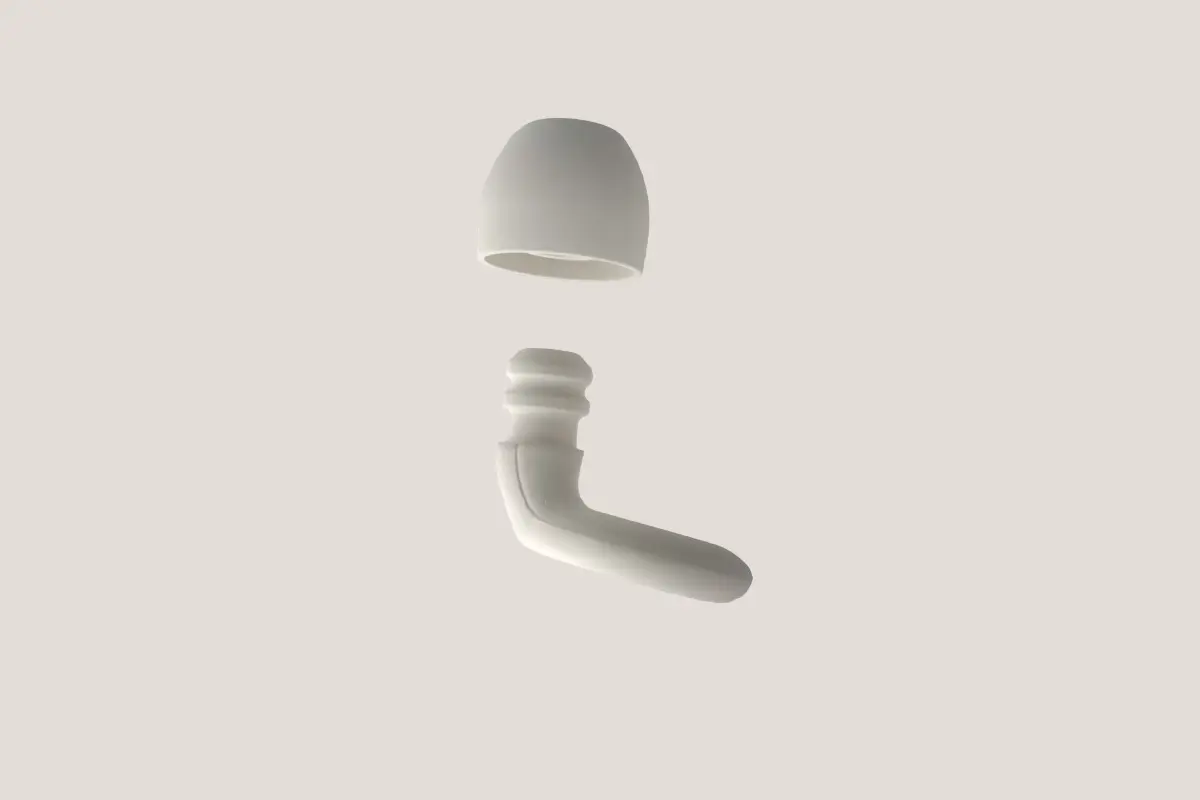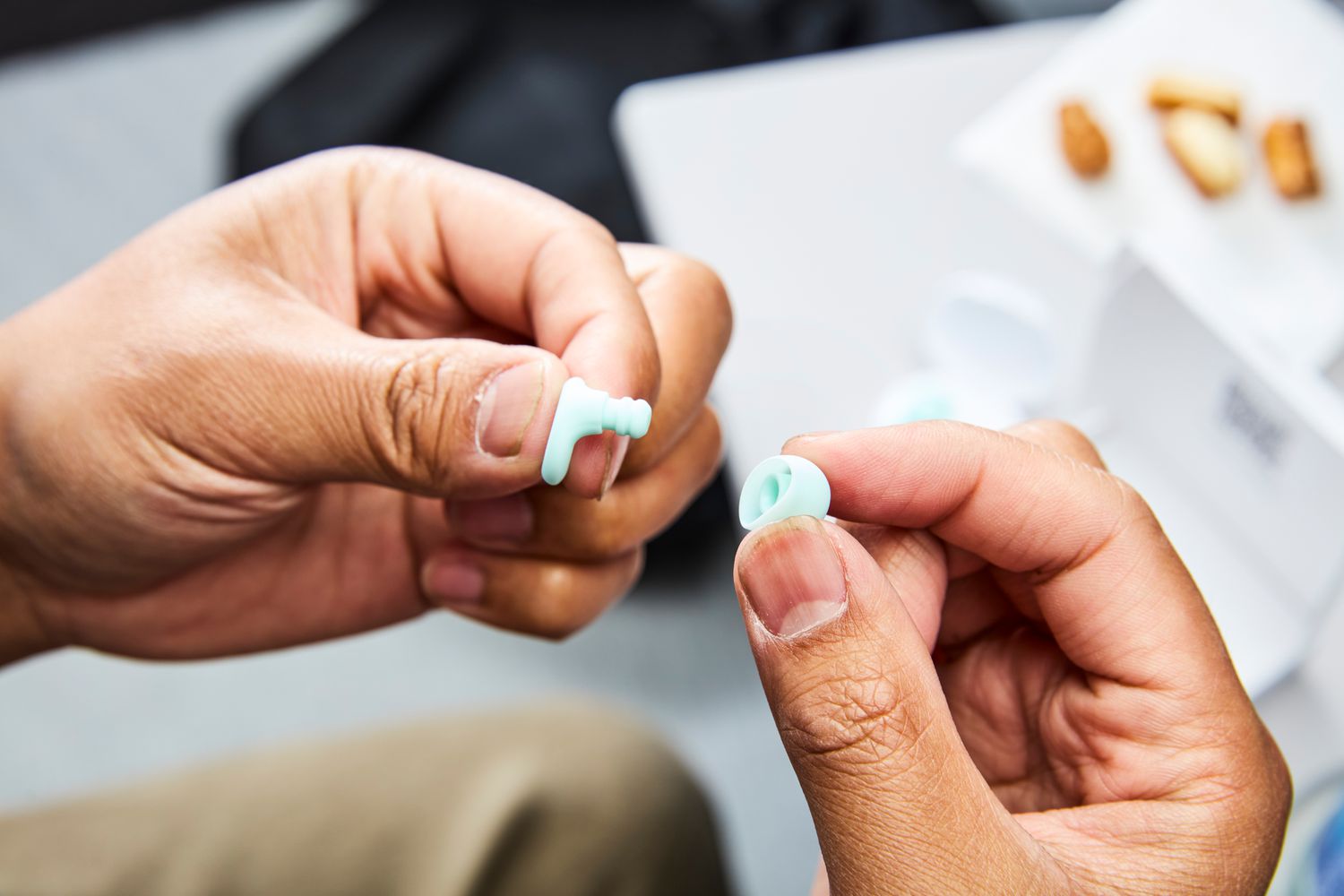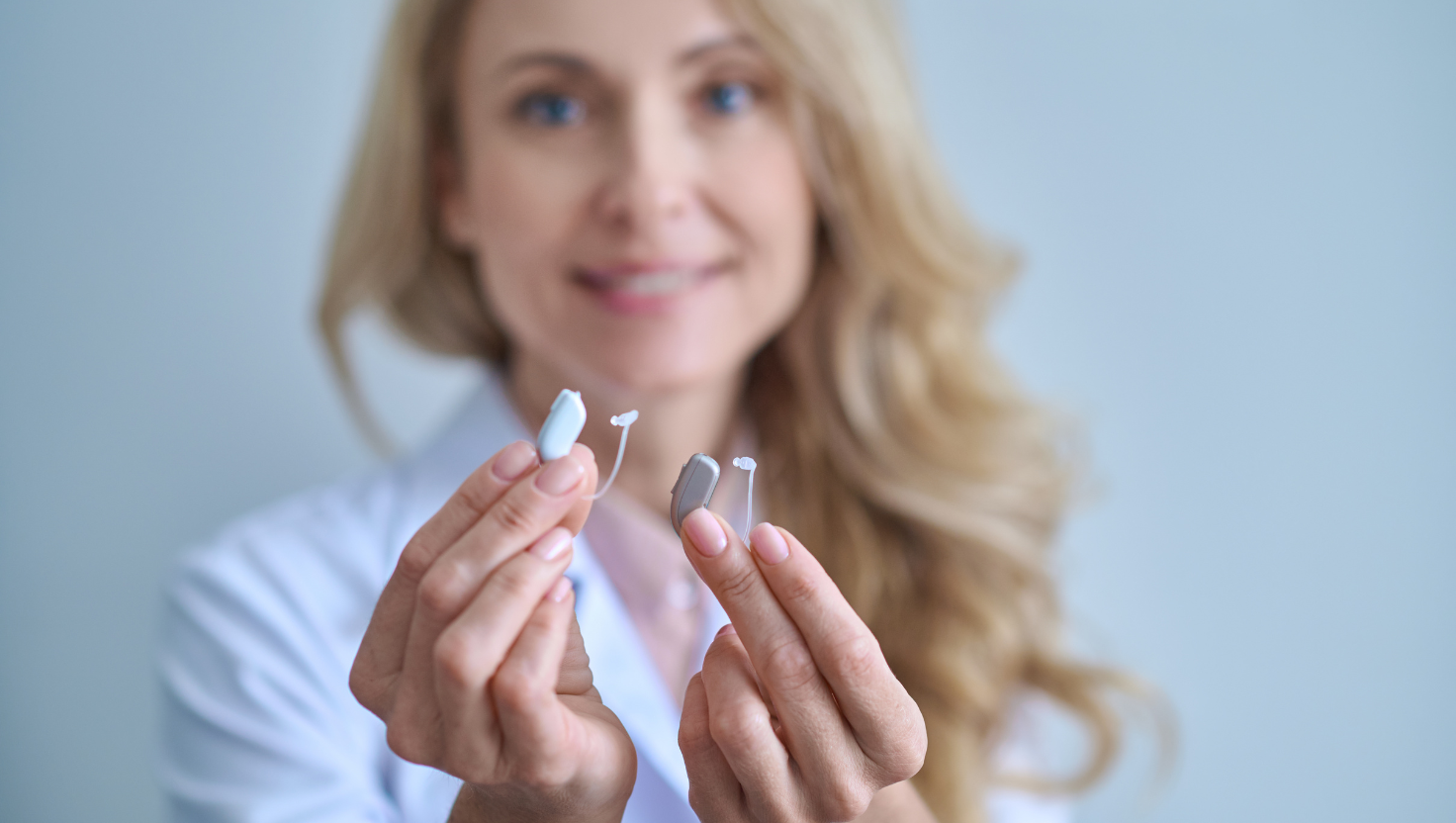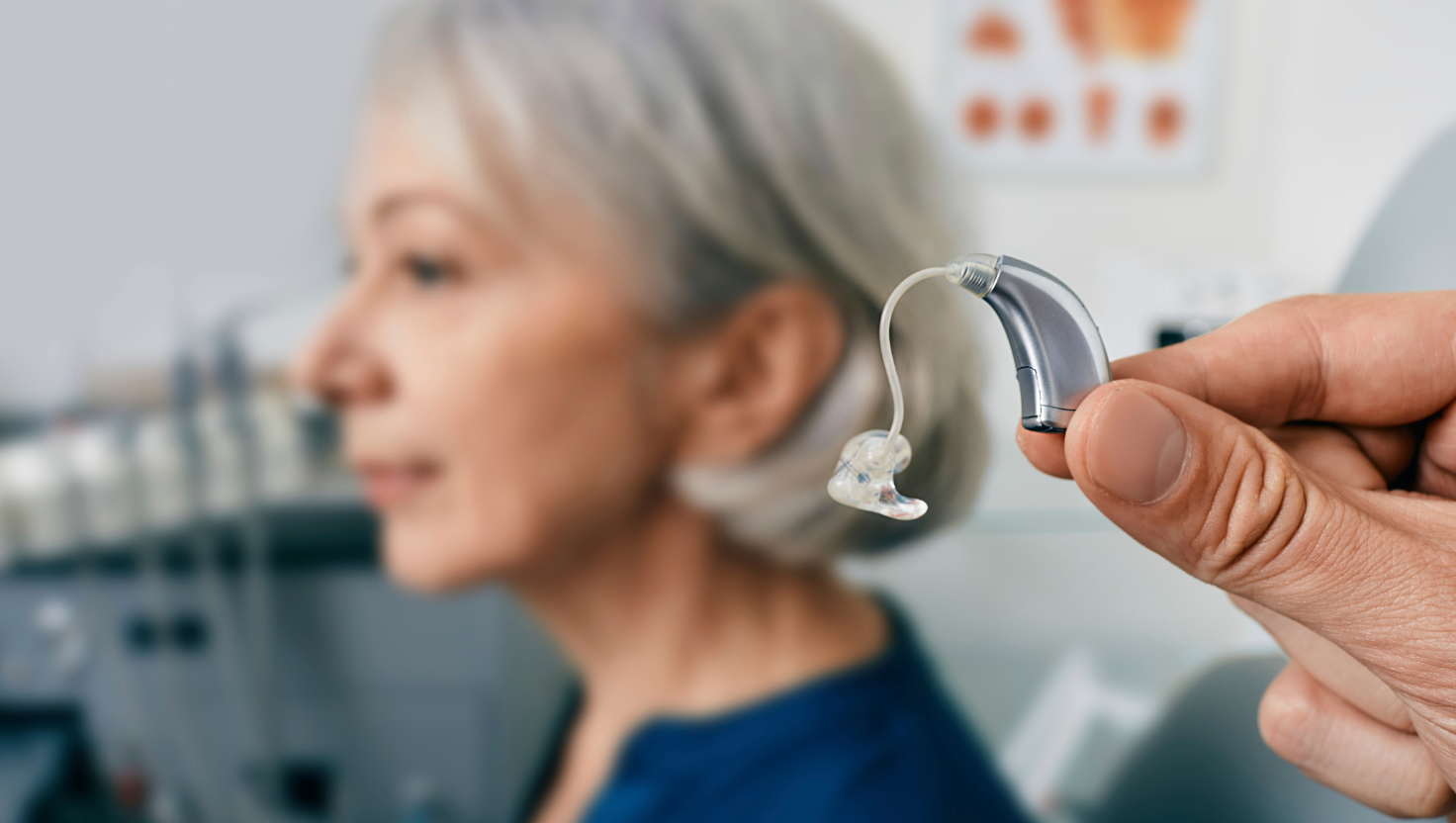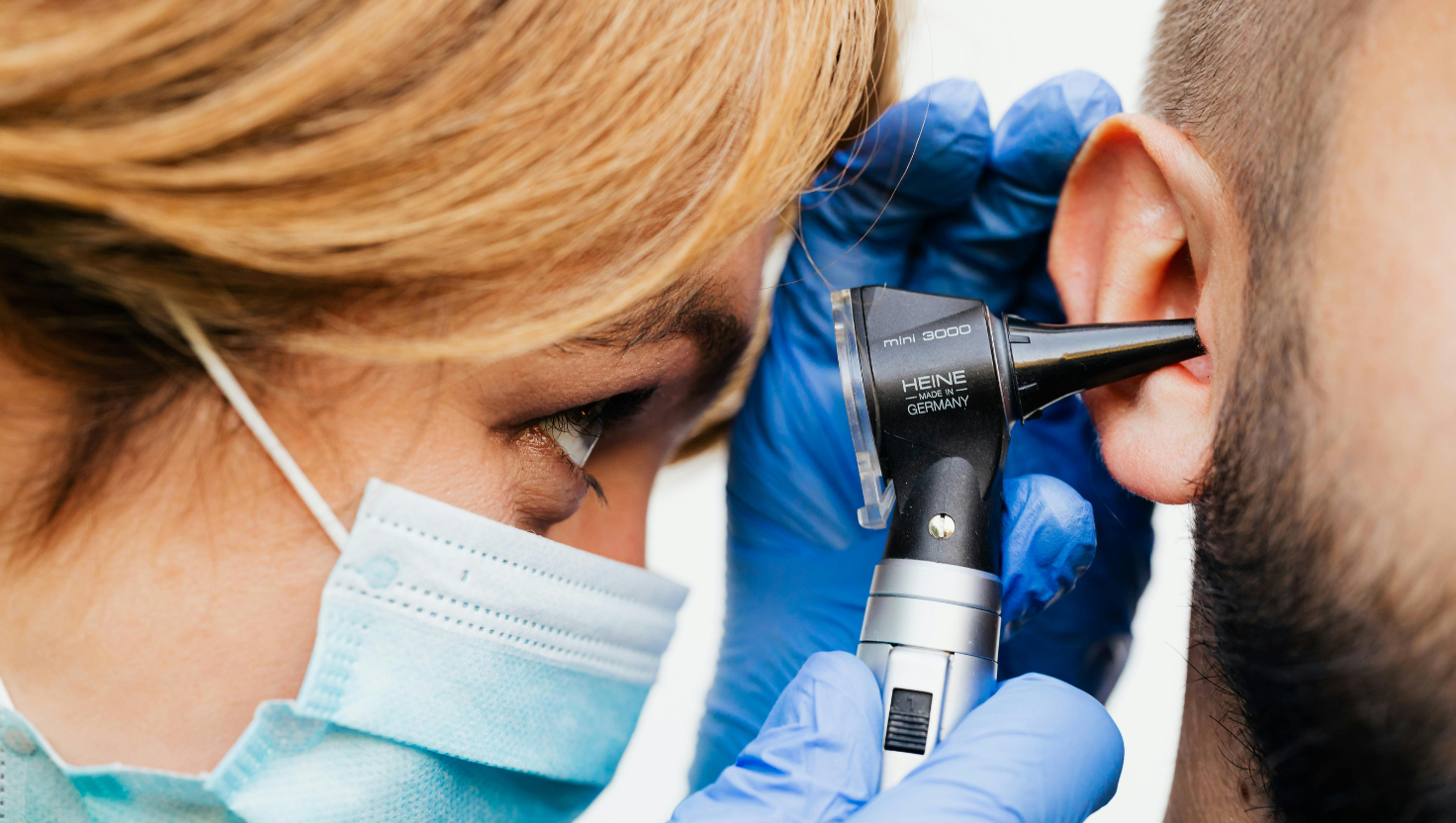Earplugs are useful for everyone, whether you’re a musician, a night owl or just someone who likes peace and quiet, to protect your ears. Even so, many worry that using earplugs might have negative effects on hearing. This article looks into both the advantages and disadvantages of wearing earplugs to help you decide what’s best for your ears.

